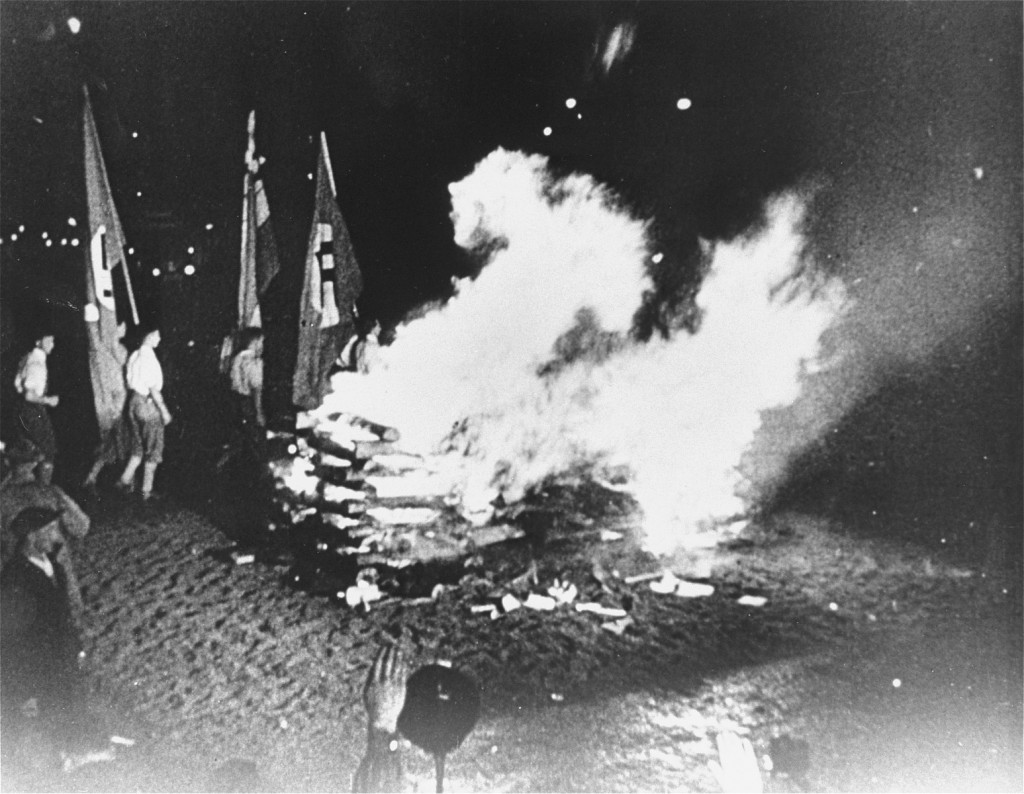
Anna Seghers
In 1933, Nazi students at more than 30 German universities pillaged libraries in search of books they considered to be "un-German." Among the literary and political writings they threw into the flames were works of Anna Seghers.
Excerpt
Hull encouraged the fishermen to accept a resolution to which they should all commit themselves and which they should take back with them to their villages and put into effect:
1. Messengers will be sent to Port Sebastian in order to ask for an advance. 2. New tariffs will be determined and new market prices for the kilogram will be fixed. 3. Only boats and men who follow these conditions will depart in the spring. The fishermen mulled it over....They approached Hull...and asked him questions. Finally they accepted the terms. The meeting was over.
—Aufstand der Fischer von St. Barbara (The Uprising of the Fishermen of Santa Barbara), Anna Seghers, 1928
Which of Anna Seghers's Works were Burned?
Der Aufstand der Fischer von St. Barbara (The Uprising of the Fishermen of Santa Barbara)
Who was Anna Seghers?
Anna Seghers is the pseudonym of Netty Reiling Radványi (1900-1983).
Novelist Seghers was born to a Jewish family in Mainz. She joined the German Communist Party in 1928. When the Nazis came to power, Seghers was the most influential anti-fascist female author in Germany. The Nazis burned her breakthrough novel The Uprising of the Fishermen of Santa Barbara, published in 1928, in which Seghers proclaimed that the oppressed must unite against social injustice. After a brief arrest by the Nazis, she fled to France with her husband and children.
Following the German invasion of France in 1940, Anna Seghers made her way to Mexico and remained active in the struggle against fascism. In 1942, she learned that her mother had perished in a concentration camp. From exile in Mexico, in 1942 she authored The Seventh Cross, a novel about the escape of a concentration camp prisoner. Her 1944 work Transit depicts a refugee's escape across occupied France. The Seventh Cross won the Kleist Literary award and was made into a 1944 movie starring Spencer Tracy and Signe Hasso.
In 1947, Anna Seghers moved to East Berlin, where she lived until her death.
Critical Thinking Questions
How did the German public react to the book burnings? What were some of the reactions outside of Germany?
Why do oppressive regimes promote or support censorship and book burning? How might this be a warning sign of mass atrocity?

